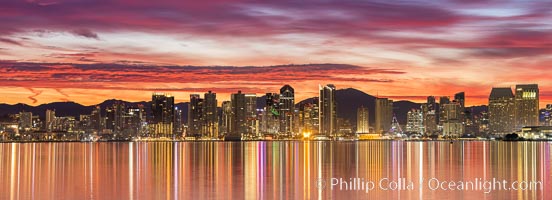
San Diego Bay and Downtown City Skyline at Dawn, spectacular clouds light up over the city. Mount San Miguel in the distance.
Location: San Diego, California
Image ID: 37636
Panorama dimensions: 5305 x 14631
Location: San Diego, California
Image ID: 37636
Panorama dimensions: 5305 x 14631
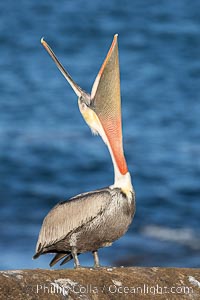
A perfect Brown Pelican Head Throw with Distant Ocean in Background, bending over backwards, stretching its neck and gular pouch, winter adult non-breeding plumage coloration.
Species: Brown Pelican, Pelecanus occidentalis, Pelecanus occidentalis californicus
Location: La Jolla, California
Image ID: 38935
Species: Brown Pelican, Pelecanus occidentalis, Pelecanus occidentalis californicus
Location: La Jolla, California
Image ID: 38935
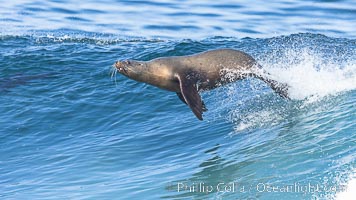
California sea lion bodysurfing in La Jolla, surfing huge waves close to shore at Boomer Beach.
Species: California Sea Lion, Zalophus californianus
Location: La Jolla, California
Image ID: 38970
Species: California Sea Lion, Zalophus californianus
Location: La Jolla, California
Image ID: 38970
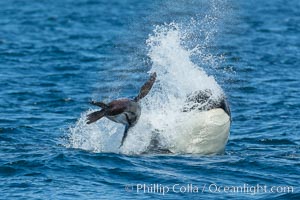
Killer whale attacking sea lion. Biggs transient orca and California sea lion.
Species: California sea lion, Killer whale, Orcinus orca, Zalophus californianus
Location: Palos Verdes, California
Image ID: 30428
Species: California sea lion, Killer whale, Orcinus orca, Zalophus californianus
Location: Palos Verdes, California
Image ID: 30428
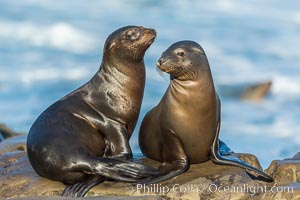
Double side-eye from two young California sea lions resting on a reef in La Jolla.
Species: California sea lion, Zalophus californianus
Location: La Jolla, California
Image ID: 34273
Species: California sea lion, Zalophus californianus
Location: La Jolla, California
Image ID: 34273
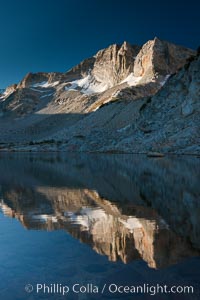
Cathedral Range peaks reflected in the still waters of Townsley Lake at sunrise.
Location: Yosemite National Park, California
Image ID: 25756
Location: Yosemite National Park, California
Image ID: 25756
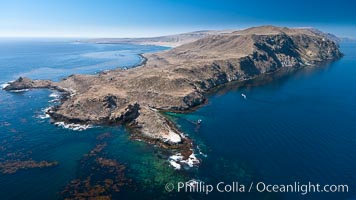
San Clemente Island Pyramid Head, the distinctive pyramid shaped southern end of the island. San Clemente Island Pyramid Head, showing geologic terracing, underwater reefs and giant kelp forests.
Location: San Clemente Island, California
Image ID: 26003
Location: San Clemente Island, California
Image ID: 26003
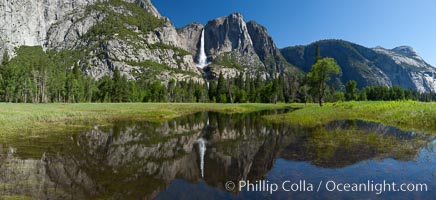
Yosemite Falls reflected in flooded meadow. The Merced River floods its banks in spring, forming beautiful reflections of Yosemite Falls.
Location: Yosemite National Park, California
Image ID: 26887
Panorama dimensions: 5256 x 11469
Location: Yosemite National Park, California
Image ID: 26887
Panorama dimensions: 5256 x 11469
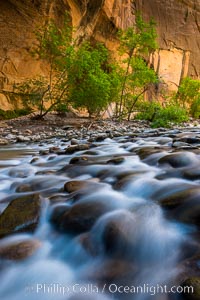
The Virgin River Narrows, where the Virgin River has carved deep, narrow canyons through the Zion National Park sandstone, creating one of the finest hikes in the world.
Location: Virgin River Narrows, Zion National Park, Utah
Image ID: 28575
Location: Virgin River Narrows, Zion National Park, Utah
Image ID: 28575
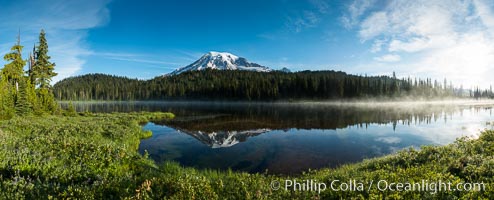
Mount Rainier is reflected in the calm waters of Reflection Lake, early morning.
Location: Reflection Lake, Mount Rainier National Park, Washington
Image ID: 28705
Panorama dimensions: 6921 x 17081
Location: Reflection Lake, Mount Rainier National Park, Washington
Image ID: 28705
Panorama dimensions: 6921 x 17081
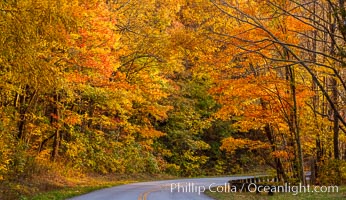
Blue Ridge Parkway Fall Colors, Asheville, North Carolina.
Location: Asheville, North Carolina
Image ID: 34635
Location: Asheville, North Carolina
Image ID: 34635
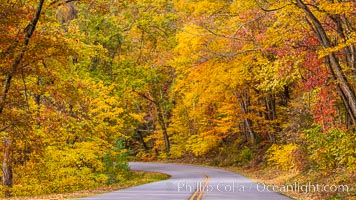
Blue Ridge Parkway Fall Colors, Asheville, North Carolina.
Location: Asheville, North Carolina
Image ID: 34638
Location: Asheville, North Carolina
Image ID: 34638
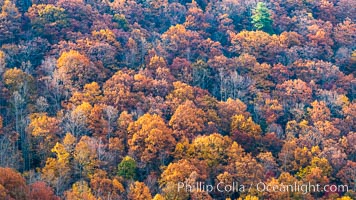
Blue Ridge Parkway Fall Colors, Asheville, North Carolina.
Location: Asheville, North Carolina
Image ID: 34640
Location: Asheville, North Carolina
Image ID: 34640
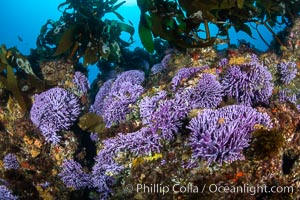
California reef covered with purple hydrocoral (Stylaster californicus, Allopora californica), Farnsworth Banks.
Species: Hydrocoral, Allopora californica, Stylaster californicus
Location: Catalina Island, California
Image ID: 37177
Species: Hydrocoral, Allopora californica, Stylaster californicus
Location: Catalina Island, California
Image ID: 37177
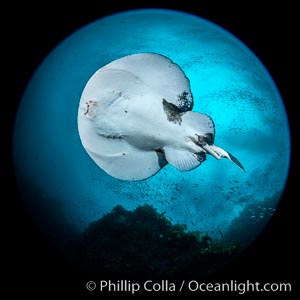
Pacific torpedo ray Tetronarce californica, amidst huge schools of fish and baitfish, Farnsworth Banks, Catalina Island. This electric ray will shock the hell out of you if you are not careful.
Species: Pacific torpedo ray, Tetronarce californica, Torpedo californica
Location: Catalina Island, California
Image ID: 37231
Species: Pacific torpedo ray, Tetronarce californica, Torpedo californica
Location: Catalina Island, California
Image ID: 37231
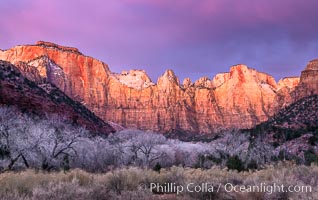
West Temple, The Sundial and the Altar of Sacrifice illuminated by soft alpenglow, about 20 minutes before sunrise.
Location: Zion National Park, Utah
Image ID: 37788
Location: Zion National Park, Utah
Image ID: 37788
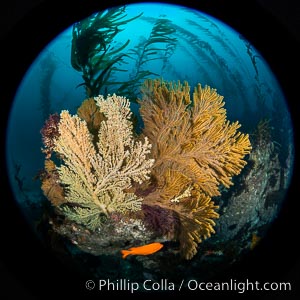
Parasitic zoanthid anemones cover, encrust and overwhelm a golden gorgonian. The gorgonian on the left has been completely parasitized by zoanthid anemones, while the gorgonian to the right remains free of zoanthids (for now). A garibaldi swims below the two sea fans. The golden gorgonian is a filter-feeding temperate colonial species that lives on the rocky bottom at depths between 50 to 200 feet deep. Each individual polyp is a distinct animal, together they secrete calcium that forms the structure of the colony. Gorgonians are oriented at right angles to prevailing water currents to capture plankton drifting by.
Species: California golden gorgonian, Luminescent parazoanthid, Zoanthid anemone, Giant kelp, Muricea californica, Parazoanthus lucificum, Savalia lucifica, Macrocystis pyrifera
Location: San Clemente Island, California
Image ID: 38493
Species: California golden gorgonian, Luminescent parazoanthid, Zoanthid anemone, Giant kelp, Muricea californica, Parazoanthus lucificum, Savalia lucifica, Macrocystis pyrifera
Location: San Clemente Island, California
Image ID: 38493
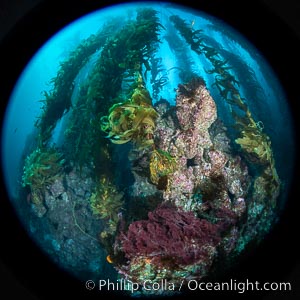
The Kelp Forest and Rocky Reef of San Clemente Island. Giant kelp grows rapidly, up to 2' per day, from the rocky reef on the ocean bottom to which it is anchored, toward the ocean surface where it spreads to form a thick canopy. Myriad species of fishes, mammals and invertebrates form a rich community in the kelp forest. Lush forests of kelp are found throughout California's Southern Channel Islands.
Species: Giant kelp, Macrocystis pyrifera
Location: San Clemente Island, California
Image ID: 38494
Species: Giant kelp, Macrocystis pyrifera
Location: San Clemente Island, California
Image ID: 38494
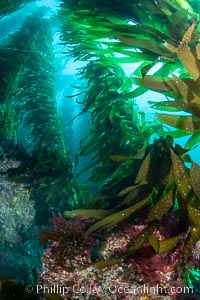
The Kelp Forest and Rocky Reef of San Clemente Island. Giant kelp grows rapidly, up to 2' per day, from the rocky reef on the ocean bottom to which it is anchored, toward the ocean surface where it spreads to form a thick canopy. Myriad species of fishes, mammals and invertebrates form a rich community in the kelp forest. Lush forests of kelp are found throughout California's Southern Channel Islands.
Species: Giant kelp, Macrocystis pyrifera
Location: San Clemente Island, California
Image ID: 38495
Species: Giant kelp, Macrocystis pyrifera
Location: San Clemente Island, California
Image ID: 38495
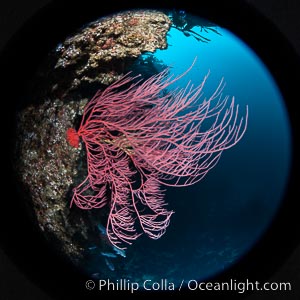
Red gorgonian on rocky reef, below kelp forest, underwater. The red gorgonian is a filter-feeding temperate colonial species that lives on the rocky bottom at depths between 50 to 200 feet deep. Gorgonians are typically oriented at right angles to prevailing water currents to capture plankton drifting by.
Species: Red gorgonian, Leptogorgia chilensis, Lophogorgia chilensis
Location: San Clemente Island, California
Image ID: 38496
Species: Red gorgonian, Leptogorgia chilensis, Lophogorgia chilensis
Location: San Clemente Island, California
Image ID: 38496
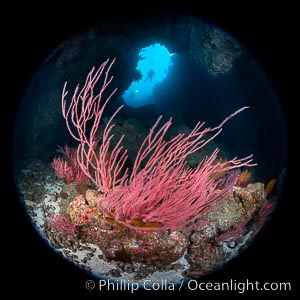
Red Gorgonians form a lush colorful garden below a submarine arch, while two scuba divers pass through the opening to the cavern.
Species: Red gorgonian, Leptogorgia chilensis, Lophogorgia chilensis
Location: San Clemente Island, California
Image ID: 38497
Species: Red gorgonian, Leptogorgia chilensis, Lophogorgia chilensis
Location: San Clemente Island, California
Image ID: 38497
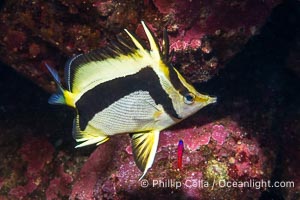
Scythe-mark butterflyfish, Prognathodes falcifer, Catalina Island.
Species: Scythe-mark butterflyfish, Prognathodes falcifer
Location: Catalina Island, California
Image ID: 40516
Species: Scythe-mark butterflyfish, Prognathodes falcifer
Location: Catalina Island, California
Image ID: 40516
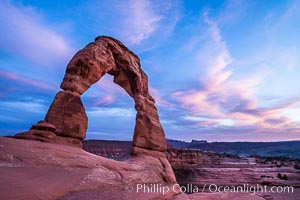
Delicate Arch at Sunset, Arches National Park.
Location: Delicate Arch, Arches National Park, Utah
Image ID: 29283
Location: Delicate Arch, Arches National Park, Utah
Image ID: 29283
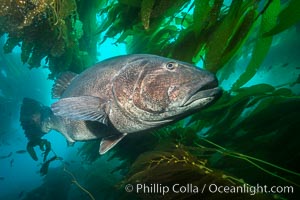
Giant black sea bass, endangered species, reaching up to 8' in length and 500 lbs, amid giant kelp forest.
Species: Giant black sea bass, Stereolepis gigas
Location: Catalina Island, California
Image ID: 33354
Species: Giant black sea bass, Stereolepis gigas
Location: Catalina Island, California
Image ID: 33354
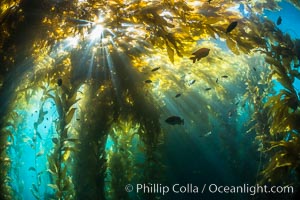
Sunlight streams through giant kelp forest. Giant kelp, the fastest growing plant on Earth, reaches from the rocky reef to the ocean's surface like a submarine forest.
Species: Giant kelp, Macrocystis pyrifera
Location: Catalina Island, California
Image ID: 33433
Species: Giant kelp, Macrocystis pyrifera
Location: Catalina Island, California
Image ID: 33433

Sunrise over the San Diego City Skyline.
Location: San Diego, California
Image ID: 28858
Panorama dimensions: 4522 x 18776
Location: San Diego, California
Image ID: 28858
Panorama dimensions: 4522 x 18776
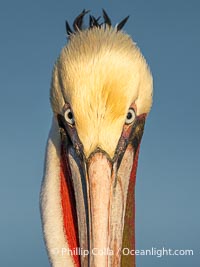
Brown Pelican Closeup Portrait Intense Stare.
Species: Brown Pelican, Pelecanus occidentalis, Pelecanus occidentalis californicus
Location: La Jolla, California
Image ID: 39815
Species: Brown Pelican, Pelecanus occidentalis, Pelecanus occidentalis californicus
Location: La Jolla, California
Image ID: 39815
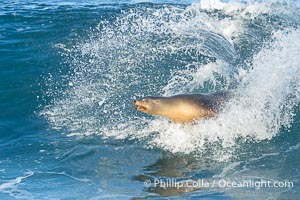
California sea lion surfing in a wave at La Jolla Cove, San Diego.
Species: California Sea Lion, Zalophus californianus
Location: La Jolla, California
Image ID: 40089
Species: California Sea Lion, Zalophus californianus
Location: La Jolla, California
Image ID: 40089
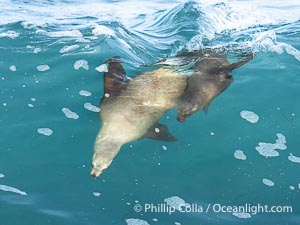
Mother sea lion teaches her young pup to bodysurf on waves.
Species: California Sea Lion, Zalophus californianus
Location: La Jolla, California
Image ID: 40169
Species: California Sea Lion, Zalophus californianus
Location: La Jolla, California
Image ID: 40169
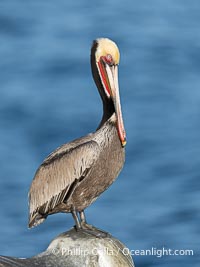
Perfect California brown pelican breeding plumage portrait, with brown hind neck, yellow head and bright red throat, perched on rock over the Pacific Ocean in La Jolla.
Species: Brown Pelican, Pelecanus occidentalis, Pelecanus occidentalis californicus
Location: La Jolla, California
Image ID: 40240
Species: Brown Pelican, Pelecanus occidentalis, Pelecanus occidentalis californicus
Location: La Jolla, California
Image ID: 40240